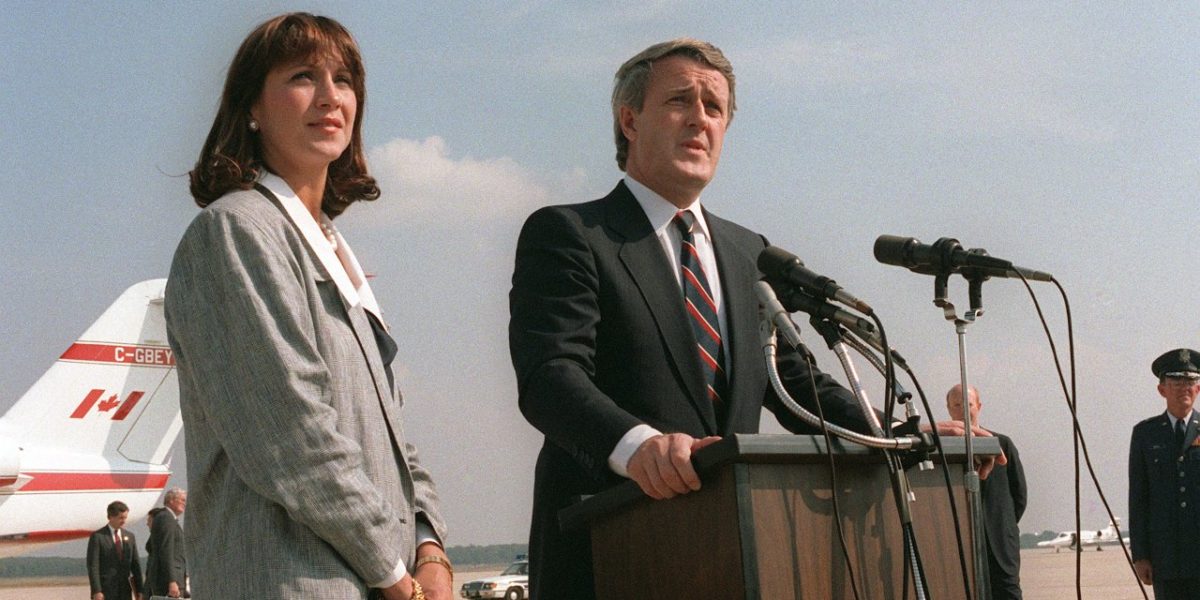Thirty years ago on October 26, 1992, Canadians voted on the only pan-Canadian referendum in my lifetime. The Charlottetown Accord, Prime Minister Brian Mulroney’s second attempt to amend Canada’s Constitution was voted down by a 54 per cent majority. I doubt you will read about this extraordinary democratic event in the mainstream media because it was defeated despite or maybe because of the support it had from all of all the Premiers and all but one of the political parties. Moreover, all the daily newspapers across the country supported it. The people rose up Canadian style and voted no.
I write about it in 2022, not only to remember this extraordinary episode in Canadian history but because we are facing a similar crisis in democracy and once again need to rethink how our democracy works. Quebec just elected a majority government where the Coalition Avenir Québec (CAQ) won a significant majority of the seats with only 37.32 per cent of the vote, the Doug Ford Tories in Ontario won a majority of seats with only 40 per cent of the votes, and the BCNDP just undemocratically disqualified a challenger to run as leader of the party thus avoiding a debate on the future of the province and installing a Premier without any election whatsoever.
In 1992, I was President of the National Action Committee (NAC) on the Status of Women, Canada’s largest women’s group and a major spokesperson for the “No” campaign. The experience of the Charlottetown referendum changed my ideas about democracy. As I travelled from coast to coast, speaking at countless meetings and on dozens of talk shows, I found an informed and articulate population. I may not always have agreed with people’s views, but it was clear that they had carefully thought out what they were saying. Many people would come with a marked up copy of the accord and written questions to ask the panelists who represented the two sides. I had never felt such intense political participation. Because people knew that they had a direct vote on the outcome, they got more involved. Since the difference didn’t fall along the usual left-right spectrum, people had to decide for themselves what they thought. For more details check out the interview with me on feminism and the constitution in the Rise Up, Women’s Archives. For more information on the feminist work amending the Constitution throughout the 20th Century check out my book Ten Thousand Roses: the Making of a Feminist Revolution.
The main purpose of the Charlottetown Accord was to get Quebec to sign on to the Constitution, which they had refused to do in 1982 when Pierre Elliott Trudeau repatriated it from Britain. You have probably heard of the Meech Lake Accord, which was defeated in 1990 because of the brave action of Elijah Harper, who holding up an eagle feather refused unanimous consent in the Manitoba Legislature to stop unanimous approval of the accord in Manitoba. Then the Premier of Newfoundland, who had reluctantly agreed with Accord, pulled his support. Quebec was furious because they would have had status as a “distinct society” had the accord passed.
Two years later, the Mulroney government sponsored a series of conferences across the country with the idea of seeing what Canadians, including Indigneous people and women who were the main opponents of Meech Lake, wanted to see in a new constitution. The conferences were divided into quarters with a quarter being non-governmental organizations like NAC and the unions, a quarter were business organizations, a quarter were politicians and a quarter were ordinary Canadians who were chosen by lottery. Without getting into the details of the proposals, a very progressive series of proposals were passed by the conferences including asymmetrical federalism, in which Quebec would have different powers, no free trade among the provinces, Indigenous self-government, and an elected Senate by proportional representation. Needless to say, the business community was besides itself and fought a losing battle to reverse these decisions in the final conference.
We were thrilled. Most of what we and our allies had fought for in the conferences had been adopted. We thought, perhaps naively, that the Premiers, who have the power to decide on constitutional change would seriously consider the results of the conferences. They did not. Except for Indigenous self-government, which they watered down considerably from the original idea, none of the conference resolutions were included in the Constitutional amendments that we voted on in the referendum. There was a majority no vote across the country. In Quebec, among Indigenous peoples and in English Canada.
The night that the results were announced, I should have been elated but when I heard Premier after Premier respond, I realized they would not abide by the vote and even though we stopped them amending the constitution, they carried out their priorities like free trade but left off anything progressive, like an elected Senate. There has not been another cross-country referendum in the last 30 years. Participatory democracy was too much for Canada’s elites.




